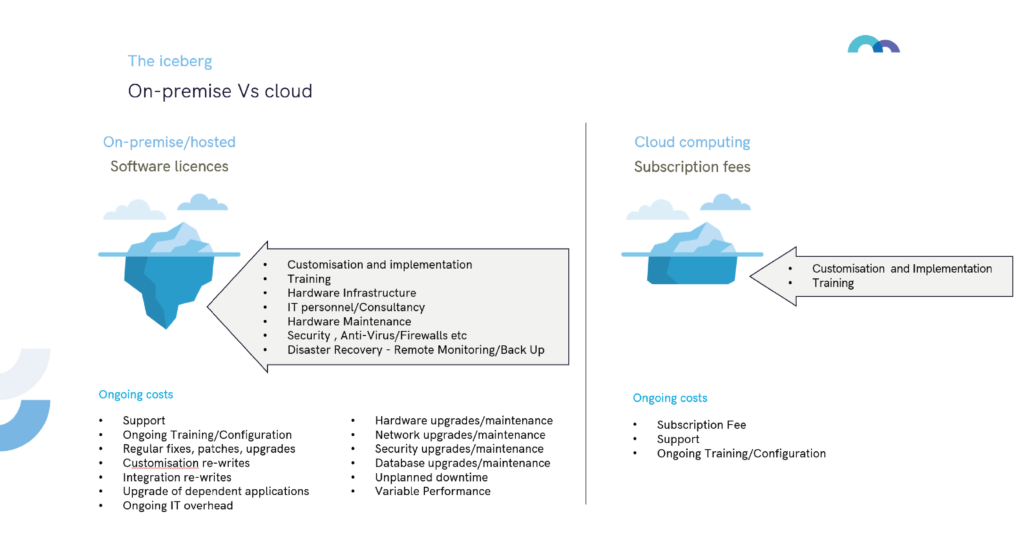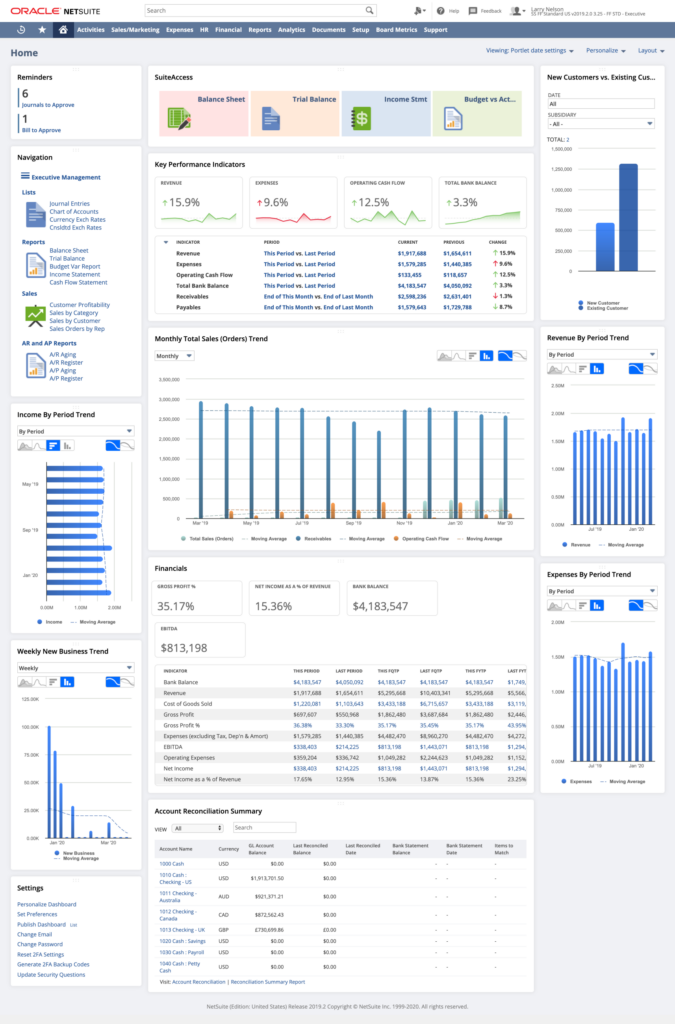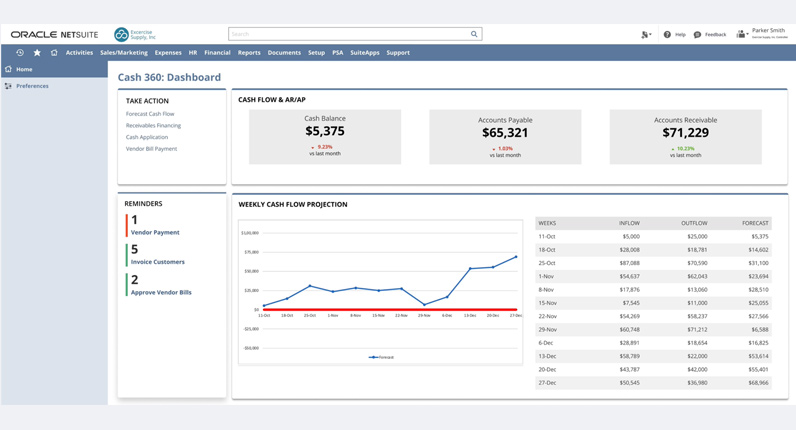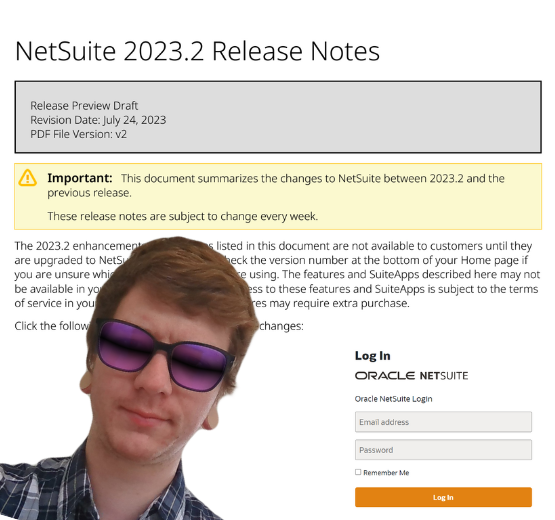We get it, it feels unfair. Like many others in your position, you’re probably frustrated with the fact that you’re being forced to switch from your Sage 1000 or Sage Line 500 financial software that has served your business so well for many years. Budgets must now be carefully forecasted and managed, and people right across the business will need to find time to input into your migration project. Nevertheless, selecting a new solution is necessary and a solution partner’s role is to oversee the programme and help to ensure it is business as usual for your workforce and customers.
What’s more, it really is an opportunity to invest in the future success of your company.

The right solution will deliver a good return on investment by allowing you to operate in a future-focussed way to outperform competitors, provide customers a better experience and enable everyone to benefit from frictionless processes. But we know ‘what’s it going to cost?’ is high on your list of initial questions.
Each cloud solution – offering diverse functionality – presents different benefits and costs to consider. Cost of ownership is very simple and transparent with a true cloud application such as Oracle NetSuite. You will have to factor in the cost of implementation services up front – although with BrightBridge as your partner you can take advantage of Oracle finance and spread the cost of services over 3 years, payable in one monthly fee alongside the monthly subscription.
We’d love to be able to give you a ballpark figure, but every business is unique. At the lower end, solution design and implementation services with BrightBridge could be £25,000 and annual subscription as little as £9,000. At the other end of the scale, a recent global client’s project cost £175,000 and their functional requirements equate to £100,000 in NetSuite subscriptions.
If you’d like a more detailed – but informal – discussion about the size and needs of your business so we can give you a more accurate migration project cost, please complete our contact form and we’ll call you back.
In the meantime, let’s look at the cost to your business of sticking with out-of-development Sage 1000 or Sage Line 500.
Continuing to use Sage 1000 or Sage Line 500 into 2025 – the cost to your business
Server commitments
While moving to a true cloud solution means paying monthly subscription fees, a significant amount of resource and outlay would be saved on the commissioning and upkeep of in-house servers, which are needed for on-premise financial software.
The server requirements, operating systems and database licences, IT maintenance and security, and data support are all the burden of the firm with an on-premise system like Sage 1000 or Sage Line 500. Many businesses forget to consider these associated costs, but a robust business justification analysis should compare and forecast all tangible outgoings – over a number of years – for the current system and the alternative system. For example, if your servers are due for an upgrade in three years, the prospect of that outlay could really swing your decision.
With NetSuite being a true cloud solution, there a whole host of costs that you can immediately take away from your business’ outgoings.

Modern functionality
These two Sage products have been in service for decades and considering how fast technology and regulatory requirements evolve, it’s easy to imagine how gaping holes can already be found in functionality (never mind in two years’ time) when compared to a modern, cloud solution that has automatic feature updates twice a year. A 360-degree view is no longer considered nice-to-have, it’s crucial to thrive in a tumultuous economic landscape and is a sound investment.
Therefore, an Enterprise Resource Planning solution negates the issues caused by disparate financial, CRM, warehouse, supply chain and sales tools. It really is the best practice way of embedding intelligence into any organisation, ensuring all departments are singing from the same hymn sheet. Plus, managers and leaders can trust the data to accurately forecast, report and improve sales and communications.
Just imagine each person in your business being able to easily see the bigger picture on a role-based dashboard or to drill down to any level of information with a few clicks. You can remove the need for time-consuming and error prone tasks through workflows, automate complex overseas tax challenges and let built-in AI features spot trends and suggest next step actions – from communications and stock levels to project management and up-sell opportunities. Or alternatively, just imagine your closest competitors being able to do this while you continue with a legacy system.

When you can get on with your job without switching from one system or screen to another, duplicating data on spreadsheets or relying on other departments to provide reports (which are not in real-time) it’s not just hugely efficient, but also key in delivering a seamless customer experience. Whatever your role, a state-of-the-art ERP solution simply helps you do more with less time.
Instinctive to use
NetSuite has not only been designed to be simple to use, but we also work with a wide-range of SuiteApp partners and apply their built-for-NetSuite apps that take away even more of the complexities, especially for users who aren’t naturally technical or analytical. We all know that when users struggle to do what they’d really like to do or to navigate properly round a system, they find their own solutions. Personal spreadsheets and processes gradually erode people’s time, becomes counter-productive for your organisation’s view on activities and means your investment in the software is being wasted. The staff at ABC Supplies Ltd down the road aren’t shunning their business software and appreciate how their solution makes their life easier… where does that leave your business and its profitability?

Sales, marketing, operational, service and financial teams also don’t need to work in siloes and there’s no difficulties when it comes to sharing the right information at the right time – it’s in one system there for everyone to see. Of course, each user is assigned permissions so only pertinent information can be accessed, and reports can be automatically generated, pushed down a workflow for approval and automatically sent to relevant individuals. Any agent dealing with a customer will be able to see a full profile with up-to-date information and history – enquiries and follow-up actions can be undertaken quickly, with ease, and with peace of mind that there are no errors in the data. There is a real cost to any business who can’t deal with customers as efficiently and accurately as the next one. It’s no secret that retention always means less expenditure than attracting new customers.
In terms of user experience, being able to communicate with colleagues and customers and access data and documents from anywhere with an internet connection is also paramount to a modern, successful business. The functionality delivered by the investment in a cloud-based solution is unrivalled and the business benefits that can be gleaned are not possible with any on-premise system. The question in today’s landscape is why wouldn’t you want to facilitate seamless employee and customer experiences and enjoy the infinite benefits of a cloud-based system? It’s the future and the key to your profitable future.
Zero support and spiralling support costs
We can’t emphasise enough that at midnight on December 31st, 2024, means any issue arising from a change in compliance requirements, a cyber-attack or a run-of-the-mill glitch is the user organisation’s responsibility. Sage will no longer be supporting the solution. This could be hugely costly – in the time taken to resolve the problem, downtime lost in the process or data loss, and then there’s a whole host of headaches that come with a breach in security.

If you choose to continue using Sage 1000 or Sage Line 500 after the support deadline, you won’t be the only one and all those businesses up and down the country will be reliant on third-party support if something goes awry. The laws of supply and demand – particularly in the event of a significant change in regulation that requires all businesses to act – will no doubt dictate that support service costs will spiral.
If you don’t want to spend capital on migrating to a new solution, you may find your outlay increases anyway… and you won’t be enjoying the benefits of an always updated, advanced, integrated, easy-to-use cloud system.
Your long-term goals should be front and central to your software migration evaluation too. NetSuite infrastructure is infinitely scalable so it cannot restrict your growth or be outgrown – in fact, the business intelligence and efficiencies it affords, actually facilitate opportunity. It is maintained by NetSuite and resides in Oracle datacentres, is automatically updated with new features every October and April and focuses on meeting industry demands and bringing forward evolving technology. And did we mention, it offers always-on world-class security.
If you’re committed to running an efficient and profitable organisation with the right business and financial management software in place to support your aims, please get in touch via our dedicated Sage enquiry form. We can discuss and review your requirements and create you a bespoke Sage to NetSuite migration quote.
Keep reading

What is a NetSuite implementation partner? How do you choose one?

Technology fit for total customer service in 2024

Retail and wholesale distribution: how to improve supply chains

Ditching Sage 1000: what you need to know from businesses that have done it

6 ways AI-ready Microsoft Dynamics 365 helps chartered associations serve members

6 retail and wholesale distribution challenges and how NetSuite solves them

The most exciting features in Microsoft Dynamics 365 2023 Release Wave 2

How to manage a new NetSuite Release: one expert's update process

What’s in NetSuite Release 2023.2?

